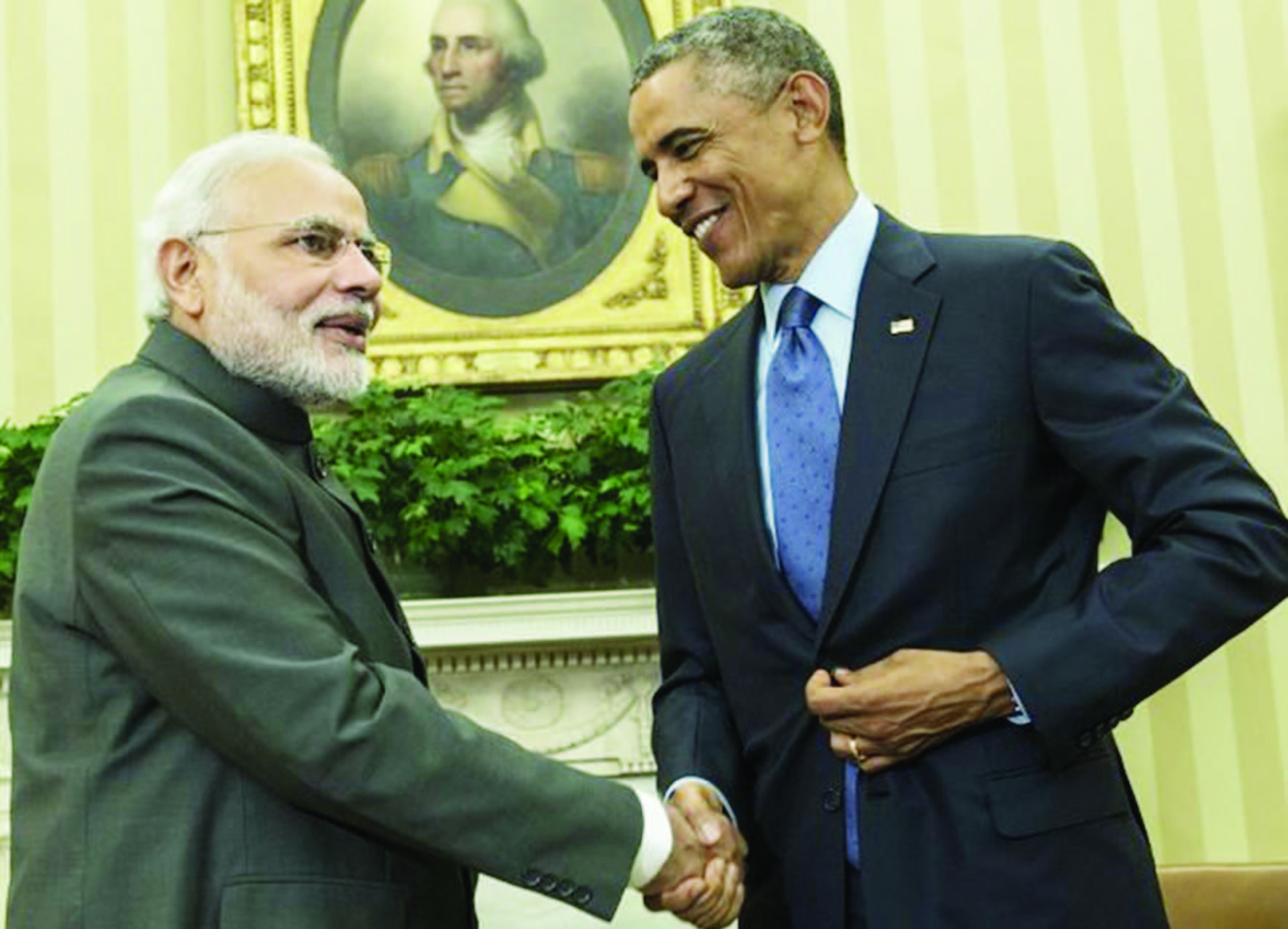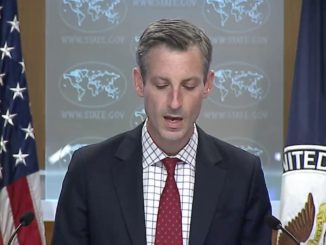
Opportunity to use American money and technology
Prime Minister Narendra Modi‘s diplomatic coup in inviting President Barack Obama, and securing his assent, to be the chief guest at next year’s Republic Day parade has obscured the deeper meaning of the move. In essence, the ceremonial occasion has been used by him to take a leaf out of Chinese leader Deng Xiaoping’s book in wooing the United States for his country’s dramatic economic development.
Deng realized that notwithstanding his official Communist creed, the only country that could make a Chinese economic transformation possible was America. While guarding his ideological legacy, he was prepared to wear cowboy hats in his assiduous efforts to please his hosts during his US visit. Mr. Modi has come to the conclusion that he needs President Obama’s support and that of a largely sympathetic Capitol Hill to push his economic reform agenda by securing American investment and technology. And he is willing to move towards Washington in geopolitical terms to achieve his goals.
In parallel, while Deng did not sacrifice the traditional dictatorial form of government since the Communists came to power under Mao, Mr. Modi believes he can tap American technology and investment while retaining the parameters of the Sangh Parivar’s ideology of maintaining a mixture of myths with his brand of Hindu nationalism. India crossed a hurdle in forging a deal that was in danger of endangering a happy outcome in the World Trade Organization.
But there are a number of problems, some of long standing, between India and the United States. It is ironical that former President George W. Bush, who did much to bring India into the world’s legitimate nuclear powers from its pariah status, was deprived of its benefits. A further paradox is that the Bharatiya Janata Party was the cheer leader in imposing steep penalties on nuclear suppliers for civilian nuclear plants in a parliamentary resolution. It is now Mr. Modi’s task to untangle this puzzle to encourage American nuclear suppliers to bid for plants.
It is well recognized that Prime Minister Modi’s first six months in office have been disappointing in his inability to launch big bang economic reform measures. He has thus far preferred a more deliberate pace. Washington is more understanding of his problems than other investors. But he has to make things happen in a time span of up to two years before his reputation for decisive governance takes a hit.
After President Obama’s recent agreement with Chinese President Xi Jinping to diminish polluting substances – their carbon footprints – in a given framework, there will be increasing pressure on India to make a pledge to reduce its pollution by a target date. The traditional Indian argument that it needs more time to take people out of poverty does not wash. Although far behind the US and China in the carbon dioxide they emit, India is the third largest emitter of polluting substances in the world.
In the larger geopolitical context, the objectives of India and the US converge in many areas, particularly in Asia and the Far East. It is significant that Mr. Modi’s outreach to two of America’s major allies in the region, Japan and Australia, disregard the earlier shibboleths of keeping a certain distance from US military allies. The Prime Minister has no inhibitions in seeking military cooperation with them or in hiding the close ties with the main US ally in the Middle East, Israel. India’s defense cooperation with the United States, in terms of arms purchases and technology, has already accelerated.
But securing access to high technology is very much a work in progress. Experts suggest that it will take at least two years for US policymakers to shed their inhibitions on parting with state-of-art technology. While the Prime Minister has made significant moves in the field of foreign policy, his cupboard is somewhat bare in domestic affairs. He would have helped matters in passing legislation in Parliament if he had had the courtesy of giving the shattered Congress Party the official position of Leader of Opposition in the Lok Sabha, rather than going by the rulebook as interpreted by the BJP. A jarring note in the six months of the Modi Government is his meanderings as a doughty fighter for his party’s cause in state assembly elections. His street-fighter instincts sit ill with the demeanor of a sitting Prime Minister.
Here, the BJP’s interests in capturing as many states as possible have taken precedence over national interest. Mr. Modi must thank the decade-long UPAled government for some of the good it has done, despite its poor record in other respects. It gave India nuclear legitimacy in the world and two of the significant measures the Prime Minister is now seeking to promote, which his party had also previously opposed, are the higher rate of permissible foreign investment in insurance and in enacting a goods and services tax regime which would give an instant boost to the country’s GDP.
The advantage Mr. Modi has is that outside his fads and belief in myths he has been nurtured in the Rashtriya Swayamsevak Sangh such as the prevalence of plastic surgery and space travel in ancient India, he is very much in tune with American ways. His partiality for US public relations outfits and methods is well documented. And he is in sympathy with American freewheeling methods of making money. As he has himself put it, money-making is very much in the Gujarati blood. We have come a long way from the early days of non-alignment. For one thing, we live in a starkly different world in the 21st century.
For another, the economic reforms initiated by the then Congress government in 1991 out of compulsion were bound to take the country in another direction, more in keeping with a technology-savvy contracting world. It is for Mr. Modi to grasp the opportunity to take India to a fast-moving economy and work towards a prosperous India.
In parallel, while Deng did not sacrifice the traditional dictatorial form of government since the Communists came to power under Mao, Mr. Modi believes he can tap American technology and investment while retaining the parameters of the Sangh Parivar’s ideology of maintaining a mixture of myths with his brand of Hindu nationalism,” says the author
(The author, a senior journalist, is a regular contributor to newspapers and magazines. He can be contacted at snihalsingh@gmail.com)





Be the first to comment